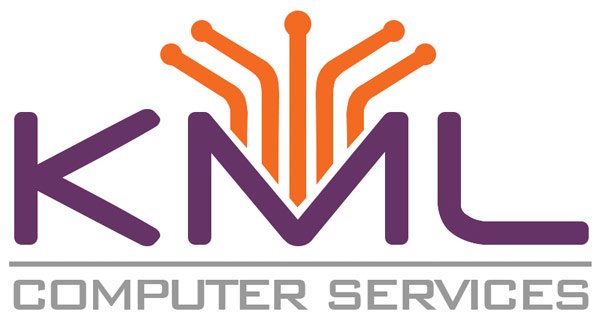Business VoIP, Messaging
& Collaboration Tools
Enhance Business Communication with Reliable VoIP & Messaging Services
In today’s business environment, seamless communication is essential for success. Our communication solutions provide businesses with reliable, scalable, and feature-rich options for VoIP, messaging, and technology procurement. Whether you need VoIP management, Office 365 integration, or hardware procurement, we offer solutions tailored to your needs.
What Are
VoIP, Messaging & Collaboration Solutions?
KML Computer Services provides VoIP, messaging, and collaboration solutions to enhance business communication and efficiency. Through Greenlink Networks VoIP, Digium and 0365 TEAMs, we deliver cloud-based phone systems with call routing, voicemail-to-email, and mobile integration. Our messaging solutions include Microsoft Teams Chat, secure email, and business SMS for seamless communication. For collaboration, we implement Microsoft 365 (Teams, SharePoint, OneDrive), and virtual meetings. With customized, secure, and scalable solutions, KML ensures businesses stay connected and productive with expert support and ongoing management.

Benefits of
VoIP, Messaging & Collaboration Services
Effective communication is the backbone of any successful business. Our managed communication services enhance productivity, reduce downtime, and provide cost-efficient solutions for businesses looking to streamline their operations. With advanced technology, secure connectivity, and scalable infrastructure, our services empower businesses to stay connected and collaborate seamlessly.
Improved Call Quality and Reliability
Cost-Effective Communication Solutions
24/7 Support and Maintenance
Secure and Encrypted Communication
Enhanced Team Collaboration and Connectivity
Scalability for Expanding Business Needs
Key Features
of Our Collaboration Services
VoIP Management and Support
Our VoIP solutions ensure high-quality voice communication for businesses of all sizes. We provide full management and support, including setup, troubleshooting, and optimization of your VoIP system to ensure uninterrupted connectivity.
Office 365 + Teams Integration
Enhance collaboration with Microsoft Office 365 and Teams. Our solutions allow seamless integration of messaging, video conferencing, and file sharing, providing a unified communication experience.
SMS Texting for Business
Utilize business-grade SMS texting capabilities with a dedicated company phone number. Engage with clients, send appointment reminders, and improve customer service with secure, compliant messaging solutions.
Technology Procurement
Get the right technology, at the right time, for the right price. We help you evaluate, source, and manage IT purchases to ensure cost-effective, scalable solutions.
Our Approach:
By leveraging cutting-edge VoIP, messaging, and cloud communication technologies, we provide businesses with seamless, flexible, and scalable communication solutions.
- Seamless VoIP Integration
Deploy and manage high-quality VoIP services with minimal disruptions, ensuring clear and reliable communication for your team and customers.
- Proactive System Monitoring
24/7 monitoring and rapid troubleshooting to ensure uninterrupted communication and quick resolution of technical issues.
- Advanced Security Measures
Protect voice, video, and messaging communications with encryption, secure access controls, and compliance with industry standards.
- Cloud-Based Collaboration
Enable remote and hybrid teams to stay connected through cloud-based conferencing, messaging, and file-sharing solutions.
- Customized Solutions for Your Business
We tailor communication strategies to fit your unique business needs, whether you’re a small business or a large enterprise.
Why Choose Us
for VoIP, Messaging & Collaboration Services?
- Industry-Leading VoIP and Collaboration Tools
- Flexible and Scalable Solutions
- Seamless Integration with Business Applications
- 24/7 Monitoring and Rapid Response
Testimonials
from Past Clients
Service Areas
Take the Next Step Toward Better Business Communications
Ensure your business stays connected with industry-leading communication solutions. Contact us today for a consultation to discover how our VoIP, messaging, and technology procurement services can enhance your operations.
"*" indicates required fields
